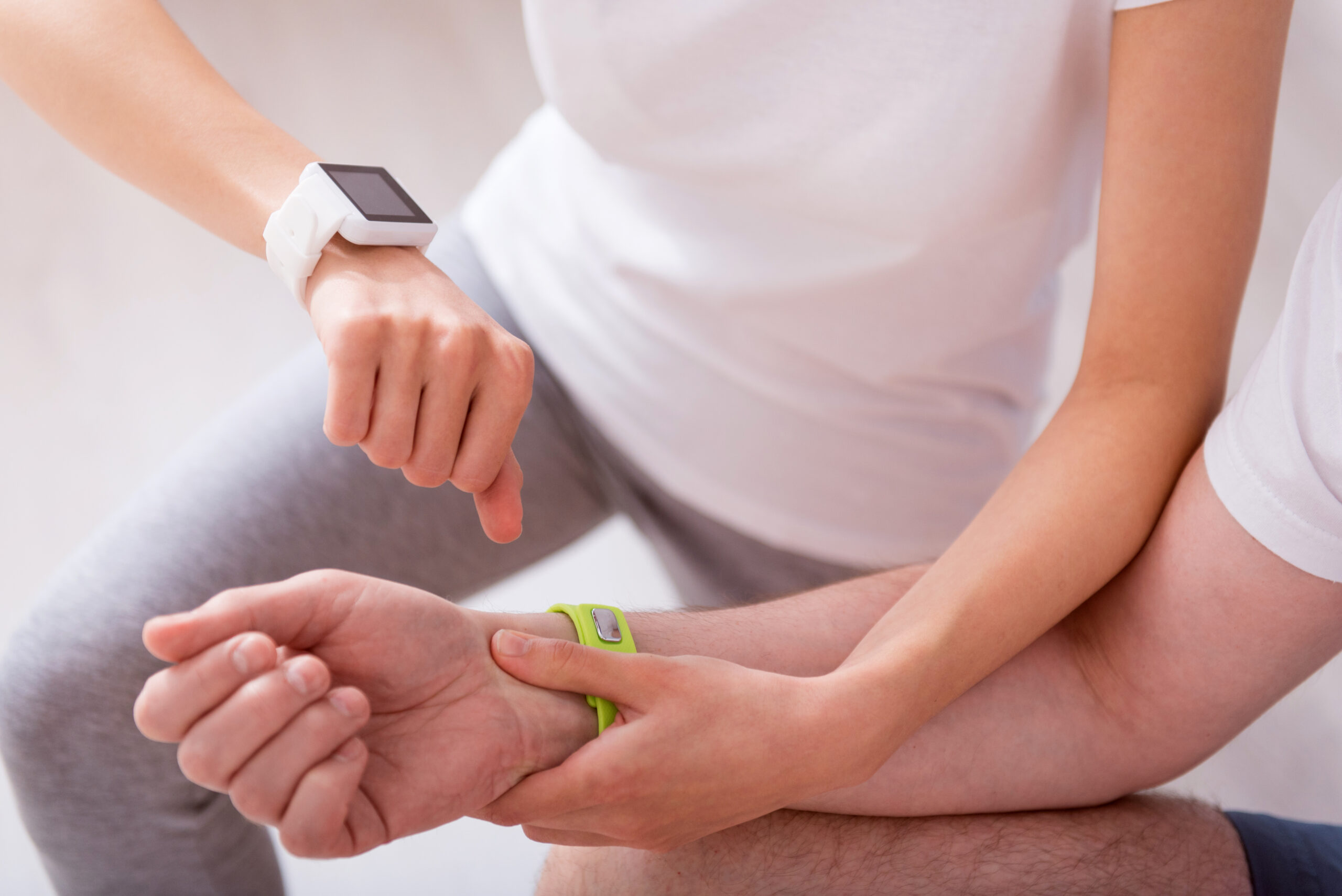
Time for Innovation in Stroke Rehabilitation: Smart Device‑Based Therapy for Hand Motor Recovery
A newly published scoping review in the open‑access journal JMIR Rehabilitation and Assistive Technologies highlights the growing importance of smart device–based therapies in improving hand motor function after stroke—an area that closely aligns with the goals of the MDR in AIS project. MDR in AIS focuses on optimizing the stroke care continuum by integrating innovative, data‑driven approaches that bridge acute treatment efficiency with long‑term rehabilitation outcomes.
Within MDR in AIS, innovation is viewed not only as a tool for reducing door‑to‑reperfusion times but as a catalyst for reshaping the entire stroke recovery process—from emergency treatment to functional restoration. The scoping review reinforces this vision, showing how smart devices, gamified platforms, and sensor‑based technologies can extend the benefits of early intervention into the rehabilitation phase, fostering sustained recovery, engagement, and independence among stroke survivors.
Review overview
The article titled “Smart Device–Based Therapy on Hand Motor Function Improvement in Stroke Survivors During Rehabilitation: Scoping Review” by Kristīne Krūmiņa et al., published in JMIR Rehabilitation and Assistive Technologies, explores the landscape of technology‑driven rehabilitation interventions targeting upper‑limb and hand function after stroke. The authors screened 958 studies and included 17 that matched their criteria (randomised controlled trials, pilot/feasibility studies, etc.).
Key findings include:
- A diversity of smart device–based interventions: gamification (n=14), virtual or mixed reality systems (n=7), Kinect or sensor‑based systems (n=6), tablet/app platforms (n=7), and robot‑assisted devices (n=3).
- These interventions were associated with improvements in hand motor function—often reaching clinically meaningful thresholds—and also enhanced patient engagement and adherence.
- The review emphasises that while promising, the evidence base is still evolving: there is a need for long‑term effectiveness studies, standardisation of outcome measures, and broader application across hand and upper‑limb rehabilitation.
Why this matters for stroke patient care
Stroke remains one of the leading causes of long‑term disability worldwide, with upper‑limb impairment—particularly of the hand—posing major challenges to recovery and daily function. The Krūmiņa et al. review underscores the potential of smart device–based rehabilitation to complement and enhance traditional therapies. Such technologies align with the MDR in AIS initiative’s broader goal to use innovation and digital tools to improve patient outcomes across the stroke care pathway.
- Accessibility: Home‑based or remotely‑supervised smart‑device therapies may help reach patients who cannot attend frequent in‑person sessions
- Engagement & motivation: Gamification, interactive feedback, and real‑time data tracking help sustain therapy adherence—an essential factor in functional recovery.
- Scalability: Digital interventions have potential to scale efficiently and cost‑effectively, easing the pressure on healthcare systems while maintaining quality of care.
- Personalisation & feedback: Smart systems can provide adaptive feedback and tailor exercise programs based on individual progress, ensuring a more personalised rehabilitation experience.
Implications & next steps for innovation
For researchers, clinicians, and policymakers, the Krūmiņa et al. review and the MDR in AIS project both signal a clear direction: innovation must be systematically integrated into the entire stroke care process, including rehabilitation.
- Standardise outcomes and protocols: The lack of uniform assessment methods in hand motor recovery makes it difficult to compare and validate interventions.
- Evaluate long‑term effectiveness: Studies should assess sustained functional improvements, cost‑effectiveness, and real‑world implementation.
- Expand beyond hand motor function: Similar smart‑device approaches could support gait, balance, and activities of daily living.
- Promote equitable access: Technologies must consider digital literacy, affordability, and inclusivity.
- Foster cross‑sector collaboration: Partnerships between technology developers, rehabilitation specialists, and healthcare institutions can accelerate the translation of innovation into clinical practice.
For more information, the full paper is available open‑access via JMIR Rehabilitation and Assistive Technologies: Krumina K, Krumina U, Mikelsone A, Araka L, Sprudza KL, Ziemele GM, Semjonova G. Smart Device–Based Therapy on Hand Motor Function Improvement in Stroke Survivors During Rehabilitation: Scoping Review. JMIR Rehabil Assist Technol 2025;12:e73533. doi: 10.2196/73533. https://rehab.jmir.org/2025/1/e73533
Author: Guna Semjonova, Assistant Professor, Department of Rehabilitation, Faculty of Health and Sport Sciences, Riga Stradiņš University
